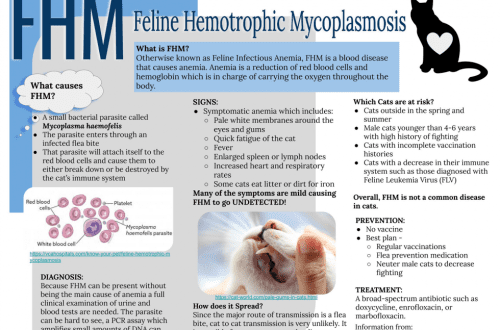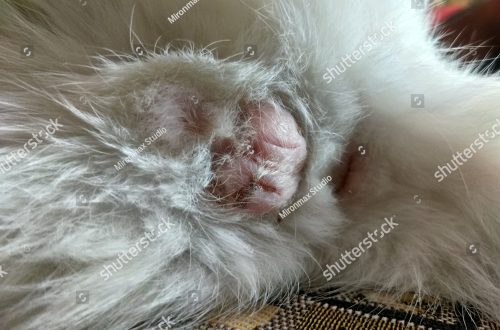
Why does a cat need a “second floor”?
The cat’s world is basically the “second floor”, it is there that she spends a significant part of her time: she plays, sleeps, and sometimes eats. But some owners neglect the cat’s need to have a second tier, and in vain. Why do cats have a “second floor”?

Photo: www.pxhere.com
It’s worth mentioning right away that the second floor for a cat is not necessarily specially equipped play centers (although, of course, if possible, you should get them). These are your shelves, and racks, and cabinets – in general, everything that allows the cat to rise above the floor level and monitor what is happening in the house “from above”. You can equip the “second floor” for a cat with your own hands if you like to craft.
It is important that the cat can freely pass through the “second floor” to vital places: a house and a lounger, bowls for food and water, toys and a tray. Make sure the “second floor” is safe for the cat, including that the shelves are secure.

Photo: www.pxhere.com
It is very important to give the cat the opportunity to move around the “second floor”. If this is not done, the purr will still adapt a variety of objects for climbing – sometimes not quite suitable from your point of view. After all, your pet needs to know that the “second floor” is her territory, where the cat is inviolable, and she can go down to the rest of the household living on the “first floor”.
The “second floor” allows the cat to move freely around the house, observe the rest of the household from a safe distance and avoid conflict situations if, for example, you also have a dog or a small child.
Be sure to put a house on the “second floor” in which the cat can hide and where she will be safe from the encroachments of other household members, including other animals or small children.
Make sure that there are no easily breakable objects in the path of the cat when she moves around the “second floor” or that may interfere with the cat’s movement.





